The alarm rang at 3:30 in the morning—way too early for someone like me who struggles with waking up, especially after a short night’s sleep. But I managed to pull myself together for a good reason: I had a photography tour lined up in the heart of Hanoi’s old town, called “Vietnam in Focus – On the Tracks.”
When I arrived in the hotel lobby, still groggy and rubbing my eyes, Colm, the tour guide, and Ken, a German-Japanese digital nomad, were already there waiting. While I was fighting to stay awake, Ken had just wrapped up his work for the day—or rather, night—and was ready to enjoy the rest of his evening.
Our first stop was the morning market near the train station, which we planned to visit later. Even though it was still pitch-black outside, the market was already buzzing. Locals zipped around like ants on their motorbikes, navigating through the crowd with their heavy loads of fresh produce. The air was thick with the sound of haggling as people bartered over fruits and vegetables. I fumbled with my camera, still not fully familiar with the settings. As a beginner, I had relied heavily on the auto-mode, which had worked well so far—until I tried capturing this vibrant market in the dark. Thankfully, Colm helped me adjust my camera for the low-light conditions, although it took some time to get it just right.
After some time at the market, we made our way to the old train station to catch the first train of the day and experiment with exposure times. The station and the old bridge nearby were the perfect subjects—worn, rusted, and full of character. Ken and I were snapping photos nonstop, trying to capture the essence of this timeless place. From time to time, motorbikes would zoom by on the lane next to the tracks, leaving beautiful light trails that added an extra layer to our shots. Playing with long exposure settings made me finally understand why people often look puzzled when I tell them I rely on auto-mode. This was way more fun!
The highlight of this part of the tour was the approaching train. Colm advised us to secure our cameras on the railing for long-exposure shots, ensuring no movement blurred the image. We only had a few moments to get the perfect shot, as the train sped by quickly, and there was no room for error. I made a mental note to try this technique more often in the future.
Next up was “panning,” a concept I had never heard of before. Colm explained that it involves keeping a moving object sharp while the background blurs. We tried it out, capturing the morning rush of scooters zooming across the bridge. It was a fun and challenging exercise, and I managed to get some decent shots, thanks to our trusty mirrorless cameras.
After a couple of hours, it was time for a much-needed coffee break—a real Vietnamese coffee break. The black coffee here is incredibly rich and strong, exactly what I needed to shake off the last remnants of sleep. A few sips of the “black gold,” and I could feel the caffeine kicking in. Finally, I was fully awake!
As we continued to the next section of the railway, we passed by street vendors, colorful funeral processions, and the lively hustle of Hanoi’s streets. At the railway, we observed locals going about their daily routines—preparing food, tidying up their homes, transporting goods, and even an elderly woman selling vegetables to passersby.
By the end of the tour, I was left with not only beautiful memories and photos but also a newfound confidence in my photography skills. This experience was unforgettable and highly recommended, even if it meant waking up at the crack of dawn. Vietnam, with its vibrant streets and rich culture, remains one of the most fascinating places for street photography.

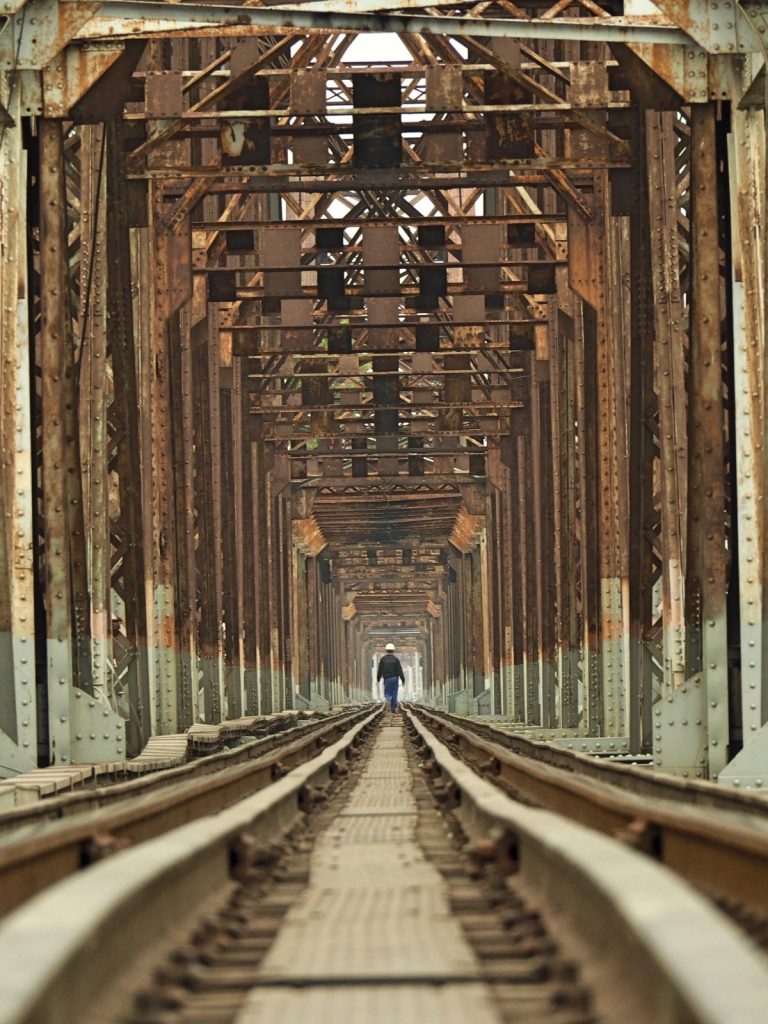








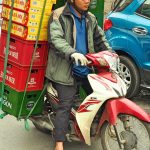




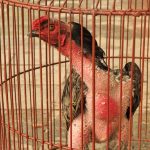








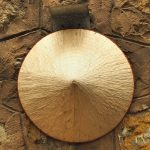





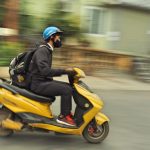



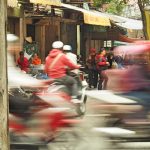




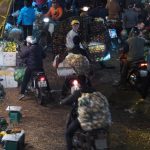
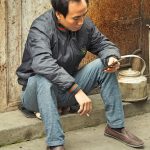


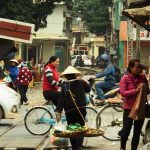






Recent Comments